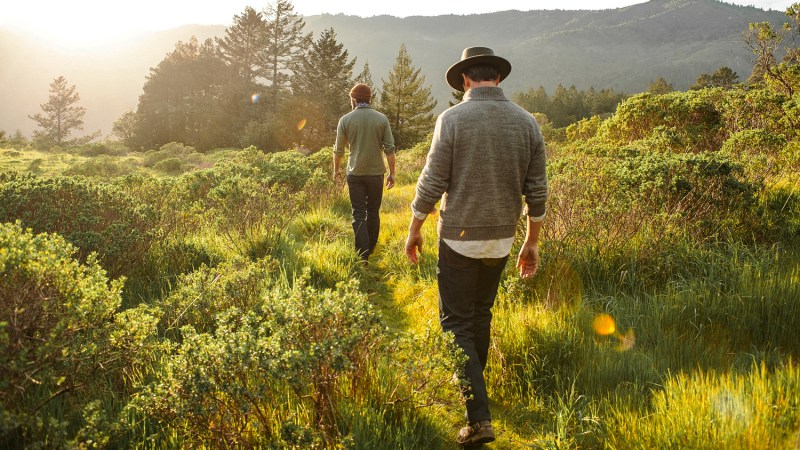
Sure, your favorite pair of selvedge denim will look great for some après-ski cocktails or telling your latest fly-fishing tall tale to your buddies, but hiking in jeans? Hard pass. The average pair of denim jeans doesn’t mix well with a hard day on trail or your favorite bouldering spot (read: chafing and swamp-ass). We just discovered a pair of jeans that solves those problems and will probably outlast everything else in your wardrobe. Our friends at Backcountry Denim just launched their all-new Heritage Collection on Kickstarter.

Backcountry Denim got their start in 2014 after founder Jordan Phillips saw a need for some functional denim for outdoors pursuits. He spent some time working with major brands in the industry and saw traditional denim companies and core outdoors brands both struggle to translate the design and functional needs a modern outdoorsman has into a pair of jeans that fit well, looked stylish, and could stand up to serious abuse on the trail and around the campfire. Additionally, Phillips wanted to give back to his favorite wilderness spots and aid in reforestation and clean up efforts on publics lands. With those goals in mind, Backcountry Denim and their Plant, Remove, Improve program were born.
For every pair of denim they sell, the Backcountry Denim team is committed to working with local land managers and conservation groups. Whether they’re traveling for a trade show, expedition, or just a weekend getaway, every single pair of jeans sold fuels local reforestation efforts. In areas that public lands have been harmed or put in danger, they plant local species, remove invasive plants and garbage, and work with locals to improve trail networks. It’s not every day that your jeans contribute to major wilderness conservation efforts.

Aside from looking damn good on just about everyone, the major feature that sets these jeans apart is the inclusion of Dyneema fibers in the denim. Dyneema has fifteen times the strength of steel cable, and is much lighter than comparable nylon and cotton blends. In short, your pair of Backcountry Denim jeans will stand up to more abuse than you could ever put them through. Even better, their entire supply chain is sourced in the USA – from rivets and zippers to fabric milling and cutting, to the final sewing, every pair of jeans is 100% made in America. You won’t find another pair of jeans as comfortable or durable anywhere.
Take our word for it, this is one Kickstarter campaign you need to back right now.


